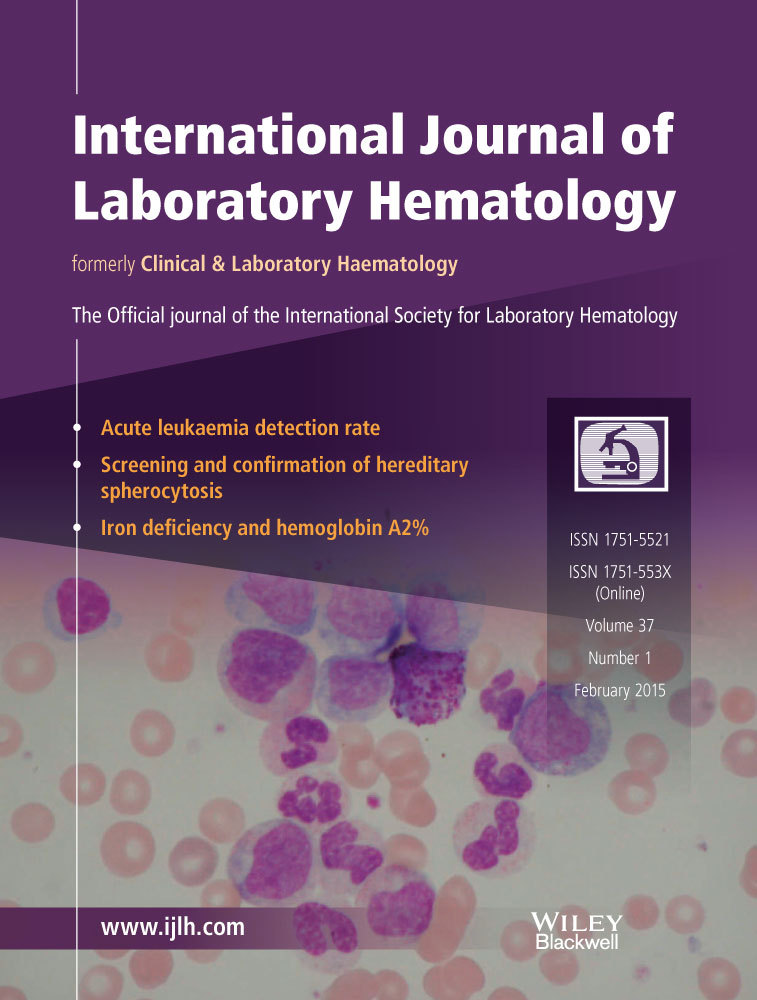Clinical implications of clotting screens
Summary
Introduction
Coagulation screens are performed routinely in every hospital with the notion that an abnormal result will pick up low levels of coagulation factors and thus aid in determining patients' bleeding risk.
Methods
We analysed all the clotting factor assays performed for abnormal clotting screen in a tertiary hospital over a 1-year period.
Results
Isolated prolongation of prothrombin time (PT) is extremely rarely clinically significant, and there is no correlation with degree of prolongation and factor VII deficiency. One-third cases of isolated prolonged activated partial thromboplastin time (APTT) were clinically insignificant, while in the rest, a factor deficiency which may be deemed as a potential risk for bleeding was noted. Prolonged PT and APTT in combination were noted in 38 cases, but in 29 of these patients all the measured clotting factors and fibrinogen were in the normal range.
Conclusion
Abnormal clotting screens may not always be associated with clinically significant decrease in coagulation factor.




